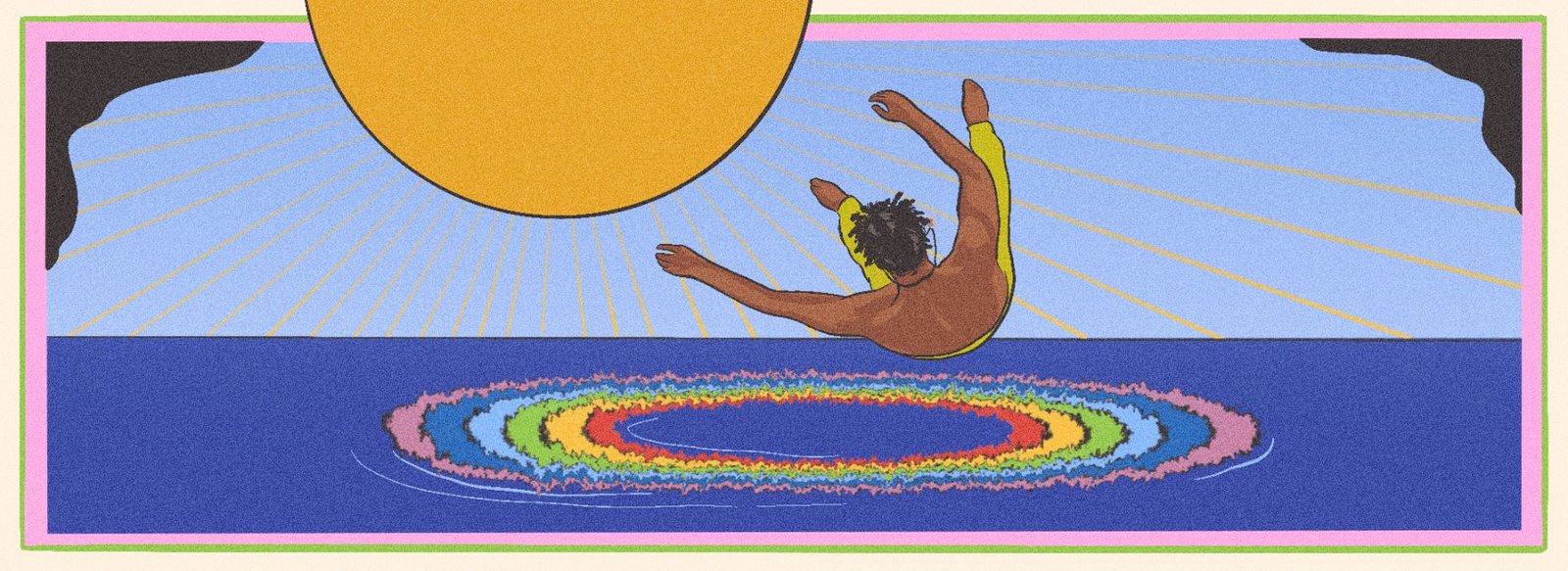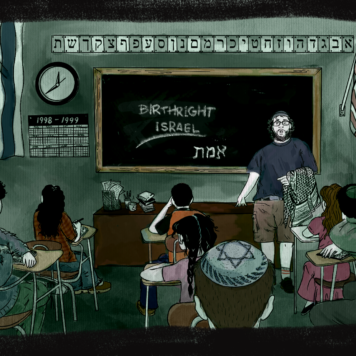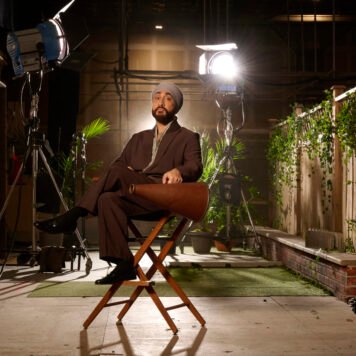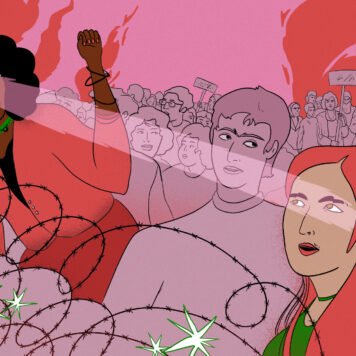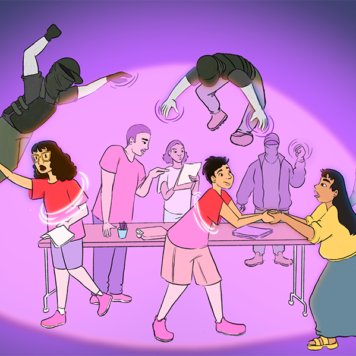According to a recent report by the World Meteorological Organisation, there is now a 44% chance that the average annual temperature on Earth will temporarily hit 1.5 degrees Celsius of warming at some point in the next five years. This came alongside the experts’ usual warnings that we need to keep the average annual global temperature from lingering at or above an increase in 1.5 degrees Celsius to avoid the most catastrophic and long-term effects of climate change.

For those of us living in some of the most vulnerable regions on Earth, the consequences of climate collapse are readily apparent. Heatwaves, diseases, and lack of access to food and water continue to claim the lives of millions, as global poverty is exacerbated by the violent, compounding effects of imperialism, capitalism, and climate change. It appears as though the worst is yet to come. Scientists expect further depletion of freshwater resources, unprecedented biodiversity loss, intensified tropical storms, massive flooding, and severe droughts. As regions become uninhabitable, we can expect to see mass displacement and migration, unlike anything humanity has ever seen before.
Though we cannot predict the future, it certainly looks bleak.
While some may be able fool themselves with fantasies of space colonisation and endless human expansion in service of capital, others struggle to stay afloat and hold on to hope in the here and now. We’re expected to keep chugging along. Toward what? No one knows. All that matters is that capitalism endures.
Hopelessness and apathy appear to mark the minds of many, as we can easily access the suffering of billions with ease. It’s difficult to stay ignorant these days. It’s even more difficult to stay sane. The threat of collapse lingers in the backdrop of our minds. The anxiety can be utterly suffocating. But we’re expected to keep calm and carry on consuming. We’re expected to express our frustration through pre-approved channels, requesting permission to protest our governments and limiting our activism to the realm of the ballot box. What else can we do? We have been atomized from our communities and stripped of our collective power. How could we reverse such a course? It’s easier to wallow in despair, embrace denial, or delve into misanthropy. So much easier than taking on the weight of this world alone.
Solarpunk, an art movement that envisions sustainable, utopian futures, helped me realise that the fight isn’t over yet. As a young student and artist, anxious about the fate of the world, solarpunk helped me realise that the future’s uncertainty is cause for hope, not despair, and we have so much untapped potential. Solarpunk can refer to an aesthetic, a literary genre (à la The Dispossessed by Ursula K LeGuin), or an approach to tech, but more and more people have incorporated solarpunk into the foundation of their politics.
The term solarpunk was first coined by a blog named Republic of the Bees in May 2008 to describe a potential literary genre derived from steampunk, which is itself a derivation of cyberpunk. The dystopian futuristic genre of cyberpunk juxtaposes high tech with low life, while solarpunk was proposed to bring together high tech and renewable living. The speculative fiction genre would quietly evolve over the next few years, but it truly rose to prominence with a Tumblr post in May 2014 by Miss Olivia Louise, who established and popularized solarpunk aesthetics. In September 2014, Adam Flynn published Solarpunk: Notes toward a manifesto, expressing the hope of the genre and movement and ending it with the line, “Solarpunk is a future with a human face and dirt behind its ears.” A Solarpunk Manifesto was published in 2019, and the solarpunk community has continued to grow and evolve ever since.
Our socially and environmentally conscious generation has been searching for a vision of the future grounded in the present. Solarpunk can form a core component of our movements and guide us as we navigate climate collapse. The philosophy of solarpunk connects a positive imagining of our collective futures with actually creating it, incorporating aesthetics, permaculture, upcycling, Indigenous practices, green energy, green architecture, intentional communities, and much more.
Though it has sometimes been appropriated by “green” capitalism and greenwashing, solarpunk is rooted in the fight against capitalism, colonialism, and the domination of nature by humanity, seeking a world in which we live in peace with ourselves and our environments. Hence the suffix “-punk.” As an anarchist, I see solarpunk as an inspiration for the possibilities of liberatory technology, localisation, an end to destructive and wasteful consumption, freedom from the exploitation of nature and ourselves, and a reorientation of our relationship with work, community, and society as a whole.
Solarpunk is not a vision that can be imposed from above. Rather, it is a prefigurative project and vision of liberation we must all participate in, shaped by our unique local conditions and individual needs, as we imagine and work towards a better society. Our solarpunk praxis, that is the actions that build a solarpunk society, must be inclusive of a wide range of people and experiences.
Solarpunks can start this project wherever they find themselves. Get some friends together and resist deforestation, pipeline construction, and any other activity that’ll damage your local ecosystem. Engage in guerilla gardening and watch your neighbourhood bloom. Turn your streets into the hanging gardens. Start a permablitz collective and turn your backyards into paradise. Share fresh produce with your neighbours and start some much needed conversations about climate resilience. Build deep-rooted relationships of mutual aid. Fundraise to build renewable energy that your community can collectively control. Start a tool library or seed bank. Create murals that will define your neighbourhood for generations to come. Integrate your efforts in the broader fight for freedom and justice, by any means necessary.
We all have an important role to play in preparing our communities for the consequences of the climate crisis. Though we cannot predict the future, we must help create it. We have the power, both on the individual level and community level. As punks, we take on the responsibility of carving out our own liberation, without waiting for businesses or governments. Humans are flexible, imaginative, and creative creatures. Wherever we find ourselves, we can rebuild a meaningful relationship with the land and its inhabitants to work towards collective healing. One solarpunk at a time.
You can follow Andrew on Twitter @_saintdrew and subscribe on Youtube for more politics, history, and philosophy. You can also check out his video on Solarpunk
